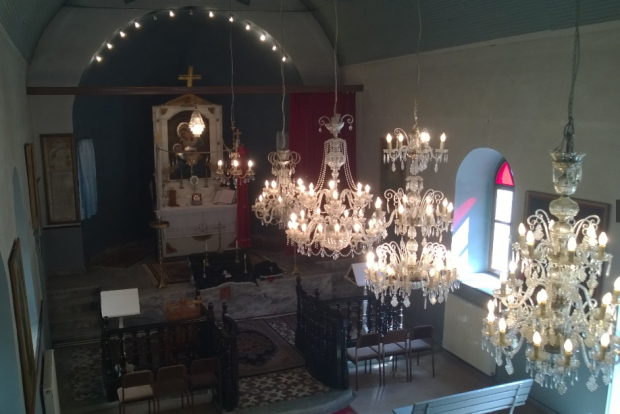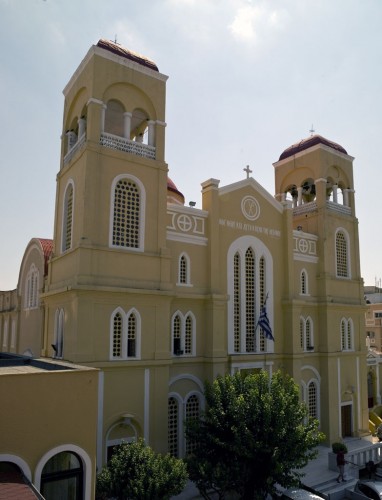|
Alexandroupolis, the capital of the Prefecture of Evros and the largest port in northern Greece after Thessaloniki, has been described as “the crossroad of peoples, cultures and beauty”. A multicultural city in which the Orthodox, Catholic, Muslim and Armenian community coexist. The key position of Alexandroupolis that joins Europe and Asia, West and East is the point of contact of different cultures. The surrounding area has a rich history, as the ancient settlement of Sali, which is mentioned by Herodotus, used to be here, as well as Ancient Messimvria, Roman Traianopolis and Byzantine Vira are located within short distance. Its first name was Dedeagats and legend says it took its name from a muslim priest who lived and was buried under the shade of an oak (Dedeağaç = dede means grandfather and ağaç means tree in Turkish). The development of the settlement dates back to the mid 19th century, when the area was part of the Ottoman Empire, due to the operations of foreign companies that made infrastructure. In 1870 a railway station was built in order to serve the line Edirne–Aegean Sea and a port. Thus, Greek merchants from the surrounding areas (Aenos, Maronia, Makri, etc.) gathered while the population mosaic was composed of Ottoman Turks, Bulgarians, Armenians, French Levantines and Jews, who built religious monuments most of which survive until the present day.
Russian design Very early the city acquired a modern street design by engineers of the Russian Army during the Russian-Turkish war of 1877-1878 when the Russian forces occupied and settled in the town. In the late 19th century the town became a major transport hub of the wider Thrace, connected with Thessaloniki and Istanbul and with the largest ports in the Mediterranean Sea. By the end of the Balkan Wars and the Treaty of Bucharest in 1913, Bulgarians occupied the area and when Bulgaria was defeated in the World War I the town was released on May 14, 1920 and it was incorporated into the Greek national territory. A few months later it was renamed Alexandroupolis in honor of the visit of King Alexander I of Greece. Monuments Some of the buildings and monuments showing the multiculturalism of the city are the Armenian Church (1875), the Mosque (late 19th century), the Catholic Church (1901) and the Cathedral of Saint Nickolas (1901).
Sources: |
|||||||||||
| Maria Kitsati – Syrmo Kapoutsi, contribution to Chain’s e-book, project: “Las otras Orillas”, 16-25/11/2017 | |||||||||||










